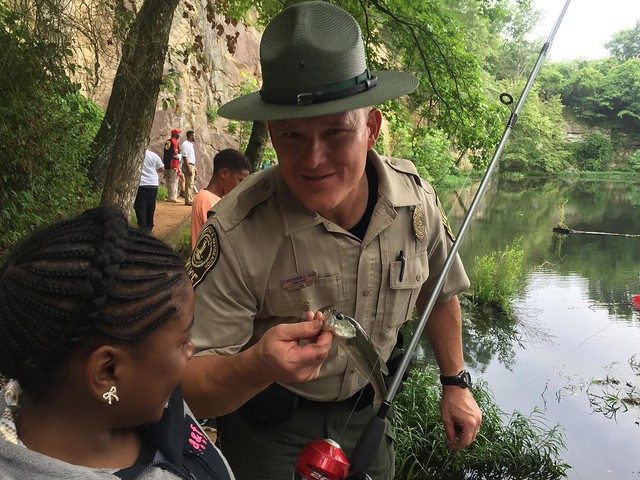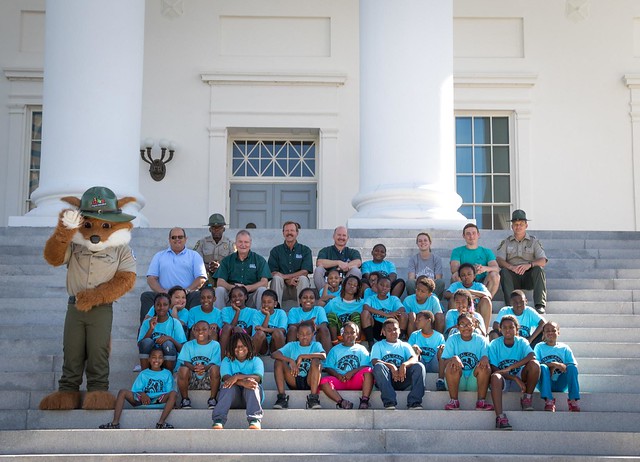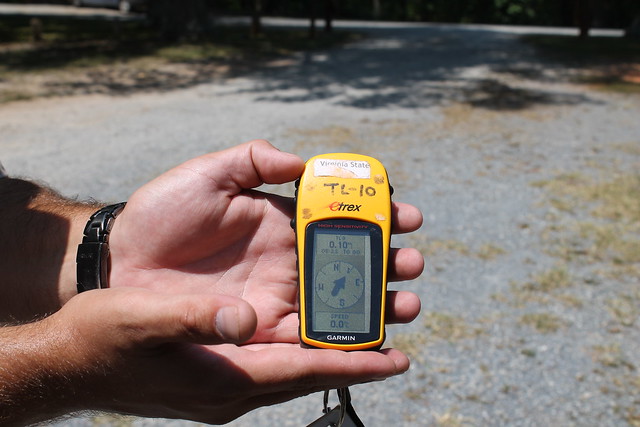Read Our Blogs
Charting the Future for Virginia State Parks
Nationally recognized for innovative approaches to programming and management, Virginia State Parks celebrated its 80th anniversary this year. Never content to rest on its laurels, park leaders and supporters are seeking bold strategies to ensure the needs of park visitors and local communities will be met in the future.
How will we connect young people to nature in the future?
The Virginia Association for Parks (VAFP) is the non-profit support organization for parks in Virginia and works closely with Virginia State Parks to develop projects that further the cause of parks. The VAFP is working with Marstel-Day, based in Fredericksburg, to consult with public and private sector organizations and provide innovative and effective solutions for sustainability through research and by developing compatible partnerships.
Virginia State Parks partner with Coleman, REI, Bass Pro Shops, Passages Adventure
Camp, James River Park System, and the National Park Service to host inner city
youth from the Boys and Girls Club of Metro Richmond at the Governor's Mansion
for a camping and outdoor recreation experience at the Capital Campout
What will the future of Virginia State Parks look like? Marstel-Day will explore ways to increase access to nature and continue to provide a park experience that is meaningful. Their work will go beyond the point of normal “wish list” items to a broader approach of identifying trends and visitor experiences while looking into the corporate world to see what potential fundraising and additional partnerships may exist. “We are excited about this new partnership and initiative that will permit Virginia State Parks to remain sustainable and relevant to guests well into the 21st Century,” commented Virginia State Parks Director Craig Seaver.
Geocaching uses technology to get outdoors and explore
Areas of interest include how to best use technology to reach a new generation of visitors, ways to attract and relate to new park users, ideas to overcome nature deficits and childhood obesity through connecting parks to health and fitness opportunities, plans to connect underserved populations to parks, strategies to prepare for the impact of climate change on parks while educating visitors on how to embrace earth-friendly behaviors, and innovative solutions to meet the growing demand for open space and continuing funding challenges.
The first step of this new partnership is a fundraising campaign to begin accumulating resources to develop and implement these projects. You can help guide the future of Virginia State Parks by donating on the CrowdRise here.
If you have read the article and have a question, please email nancy.heltman@dcr.virginia.gov.

















